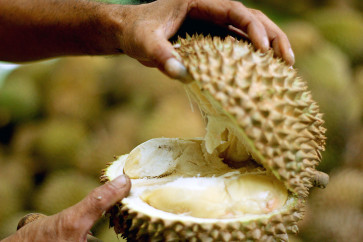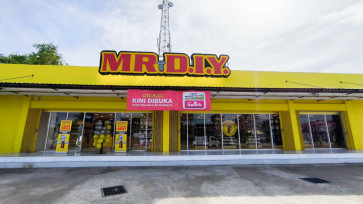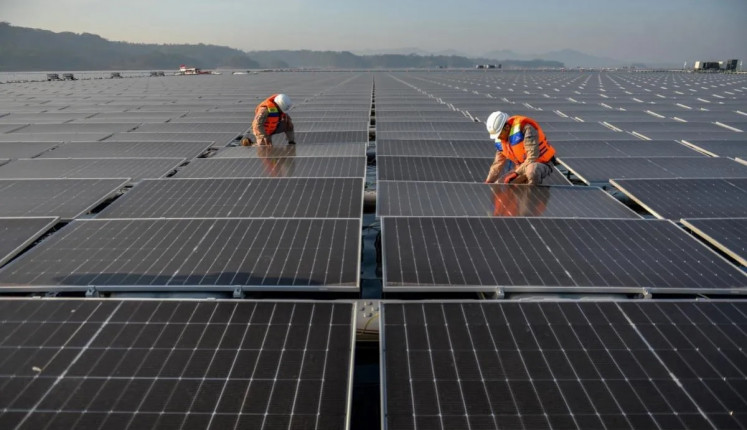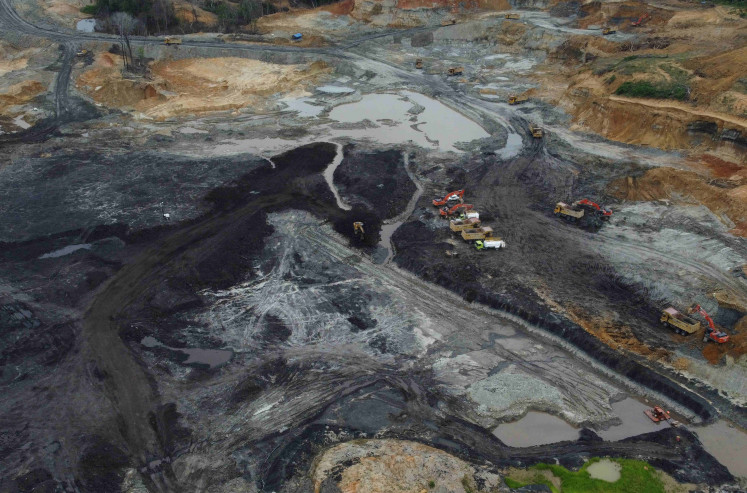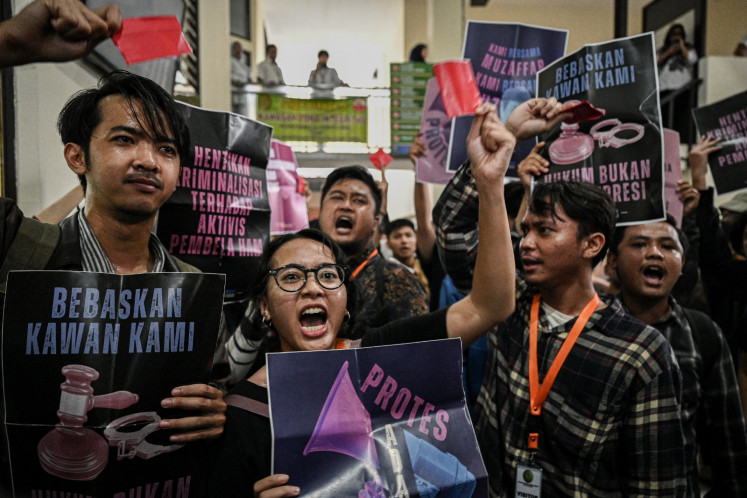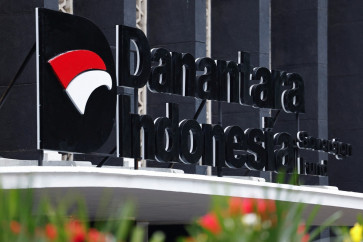Popular Reads
Top Results
Can't find what you're looking for?
View all search resultsPopular Reads
Top Results
Can't find what you're looking for?
View all search resultsAnalysis: Danantara: Investing for long-term or the President’s ambitions?
Change text size
Gift Premium Articles
to Anyone
D
anantara has secured a staggering US$10 billion in unsecured credit lines from 11 foreign banks and $7 billion in equity investments from sovereign wealth funds (SWFs), a remarkable feat for an institution that is less than six months old. Yet its rapid rise raises an important question: Is Danantara truly operating as a SWF to secure long-term prosperity for future generations, or is it functioning as a super holding company to execute President Prabowo Subianto’s ambitious programs?
DBS, HSBC, Standard Chartered, UOB and Natixis are reportedly among the foreign banks backing the credit line. Danantara CEO Rosan Roeslani, who is also the investment minister, framed the deal as a vote of confidence from global financial institutions, citing Danantara’s steady income stream from state-owned enterprise (SOE) dividends and investment returns. While the show of trust is notable, it raises another question: at what cost?
Rosan said the borrowing rate was comparable to that of government bonds, pointing to Danantara’s function as an SWF. The government’s 10-year government bond yield currently stands at 6.58 percent. This rate is barely competitive, even when compared to that of the world’s largest SWF, the Government Pension Fund Global of Norway, which posted a 6.34 percent annualized return between 1998 and 2024. If borrowing simply matches expected returns, what is the strategic merit of taking on such debt?
Unlike other SWFs that invest surplus national wealth, Danantara does not appear to have excess cash. While the government has pledged to inject $20 billion annually, this year’s widening fiscal deficit, partly due to weaker tax revenues, makes that promise difficult to fulfill.
Borrowing thus becomes essential. Danantara must cofinance equity investments totaling $6 billion, comprising $4 billion from the Qatar Investment Authority (QIA) and $2 billion from the China Investment Corporation (CIC), with another $1 billion commitment from the Russian Direct Investment Fund (RDIF). These investments require matching funds from Danantara to move forward.
A Reuters report suggests Danantara will draw $3 billion from the $10 billion credit line to coinvest with QIA and CIC in a $800 million chloralkali and ethylene dichloride plant by publicly listed petrochemical firm Chandra Asri Pacific (TPIA). While the project might seem sound, given TPIA’s performance, Danantara’s broader investment strategy remains opaque.
Currently, Danantara is reviewing proposals worth a combined $38.6 billion across 18 downstream projects, ranging from coal processing and agriculture to the energy transition and food security. These align with President Prabowo’s vision of industrializing Indonesia and generating jobs through downstreaming. But alignment with a political agenda does not guarantee long-term financial returns.



